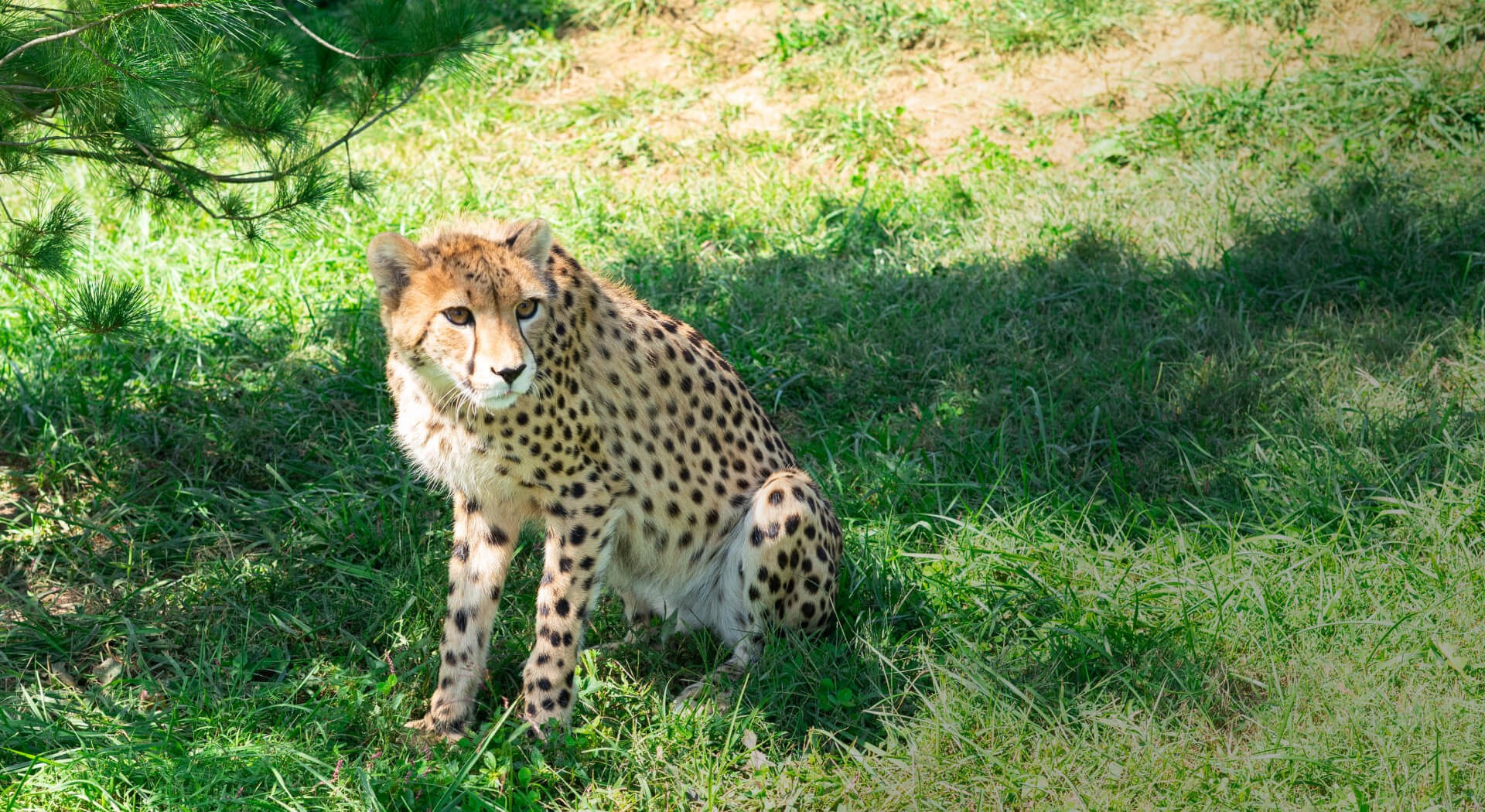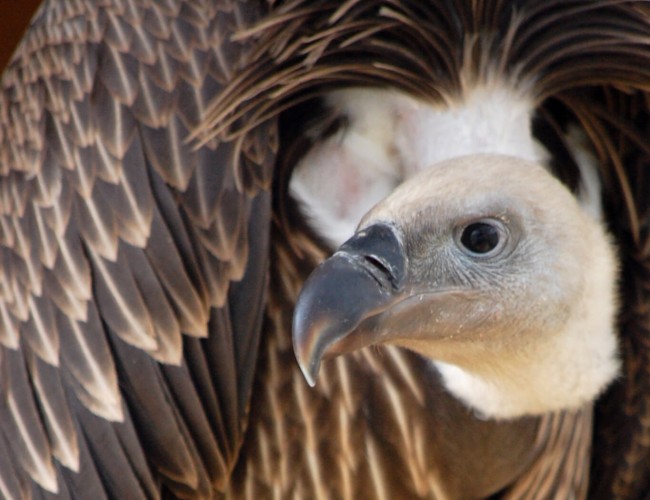Preserving and Protecting
The Zoofari Parks – Alabama Safari Park, Texas Zoofari Park, Virginia Safari Park, and Gulf Breeze Zoo in Florida – bestow conservation grants on national and international wildlife and habitat projects annually. Recipients must design their projects to include education, research, and local participation. Our grants range from $100 up to $5,000 in the following categories: native Virginia wildlife programs, programs that cover one or more U.S. locations, and international programs.
To apply for a grant, download the grant application and submit it to our Corporate Conservation Coordinator, at conservation@zoofariparks.com.Past Conservation Grant Recipients
Saiga Conservation Alliance
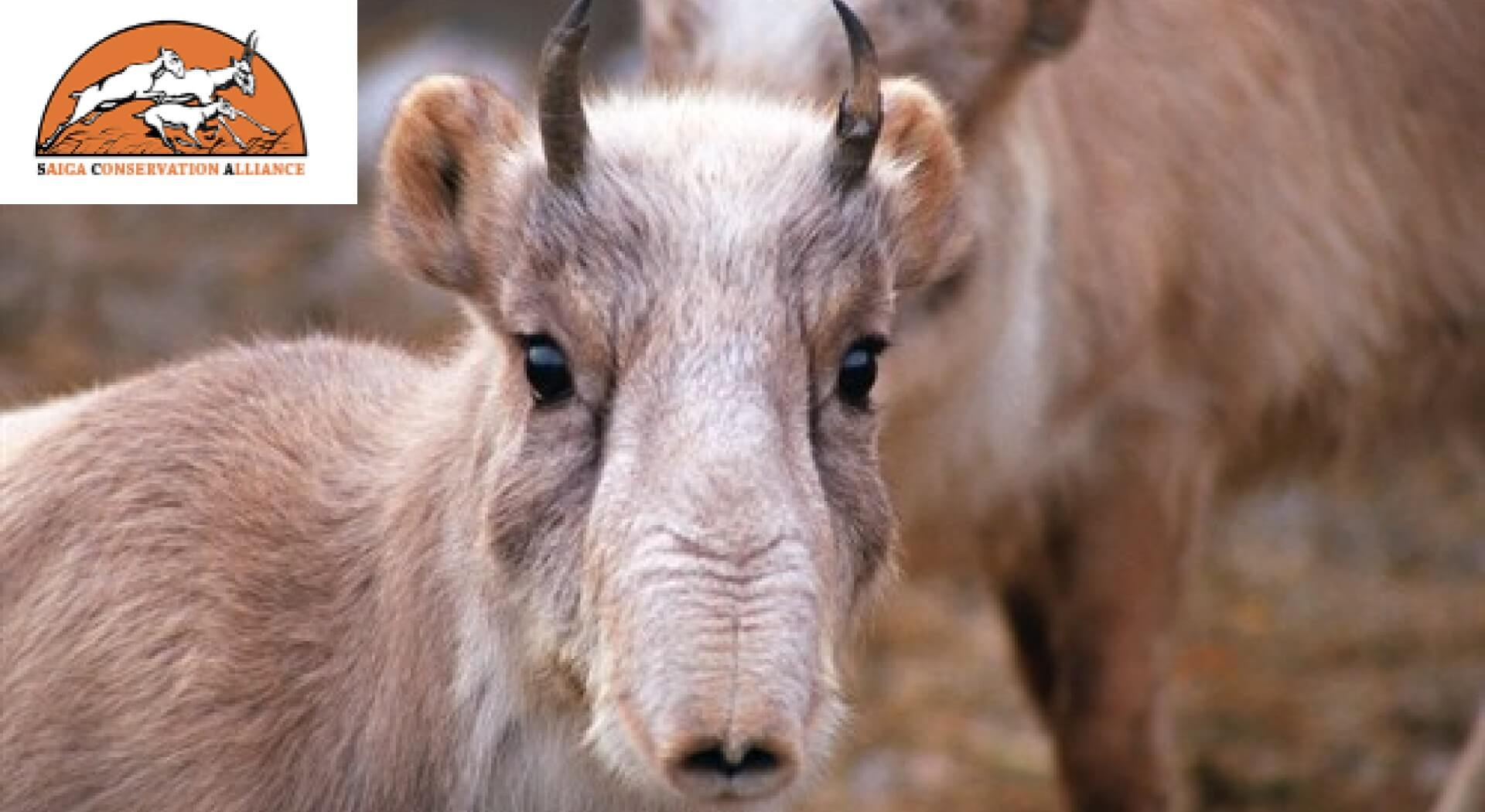
The critically endangered antelope, Saiga, are the fastest declining mammal species in the world! Since the 1990s, 95% of the population has been lost due to disease and poaching. Working with local citizens to study wild populations, law enforcement training new rangers, and educating students in the Saiga range will help build a brighter future for this beautiful species.
Fun Fact: The Saiga has an inflatable nose that hangs over their mouth and points downwards, which helps filter out dust kicked up by the herd.Pygmy Hippo Research, The Royal Society for the Protection Birds
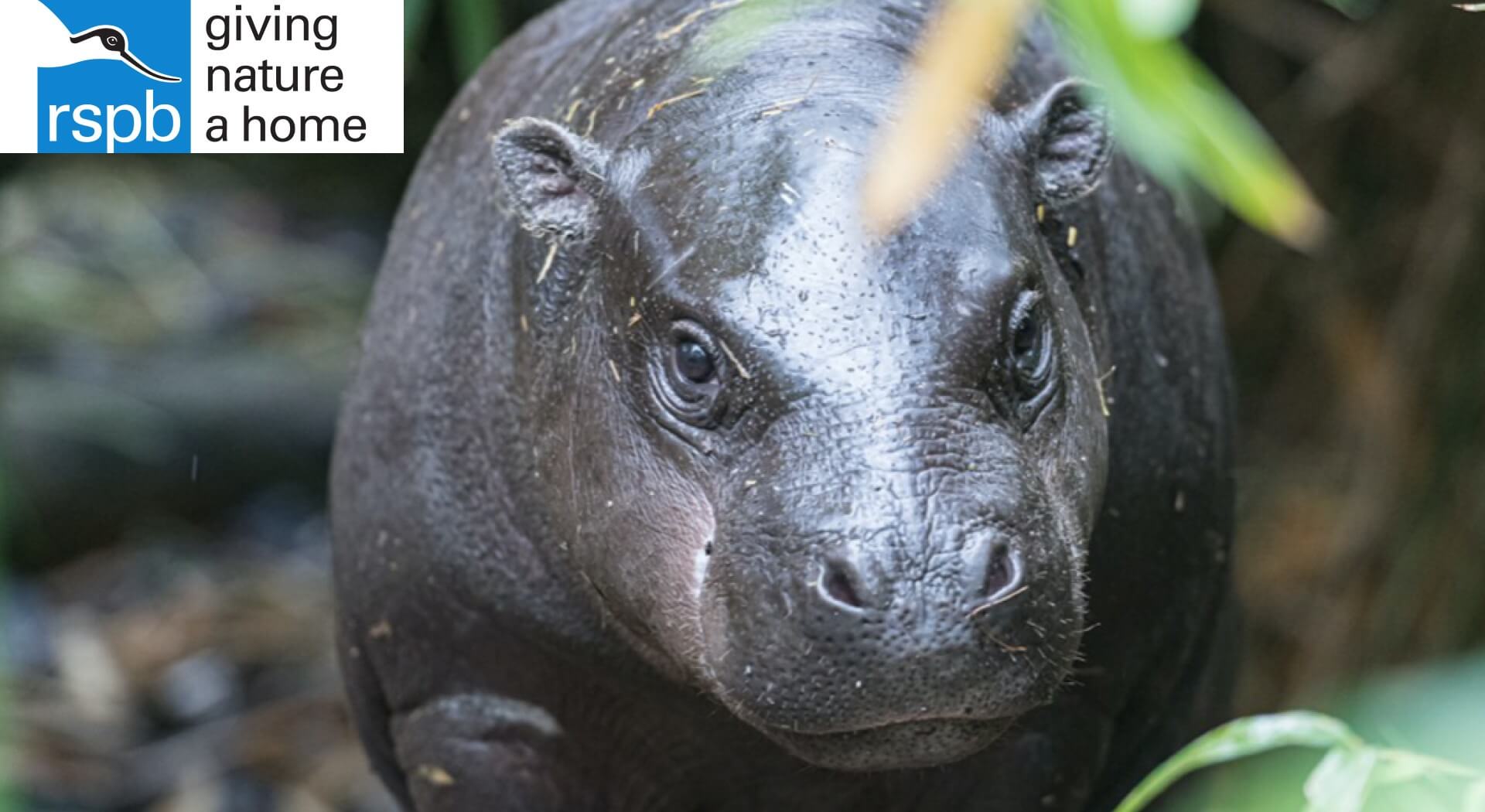
Little is known about the wild populations of the elusive, solitary, and endangered Pygmy Hippo. Their habitat is under immense pressure due to human activities such as agriculture, logging, and mining. This year’s grant will allow scientists to collect valuable data on saving Pygmy Hippos and their home.
Fun Fact: Pygmy Hippopotamus need to stay near water because their skin loses moisture up to 3x that of a human. They can also sleep underwater!University of West Florida's Biology Department
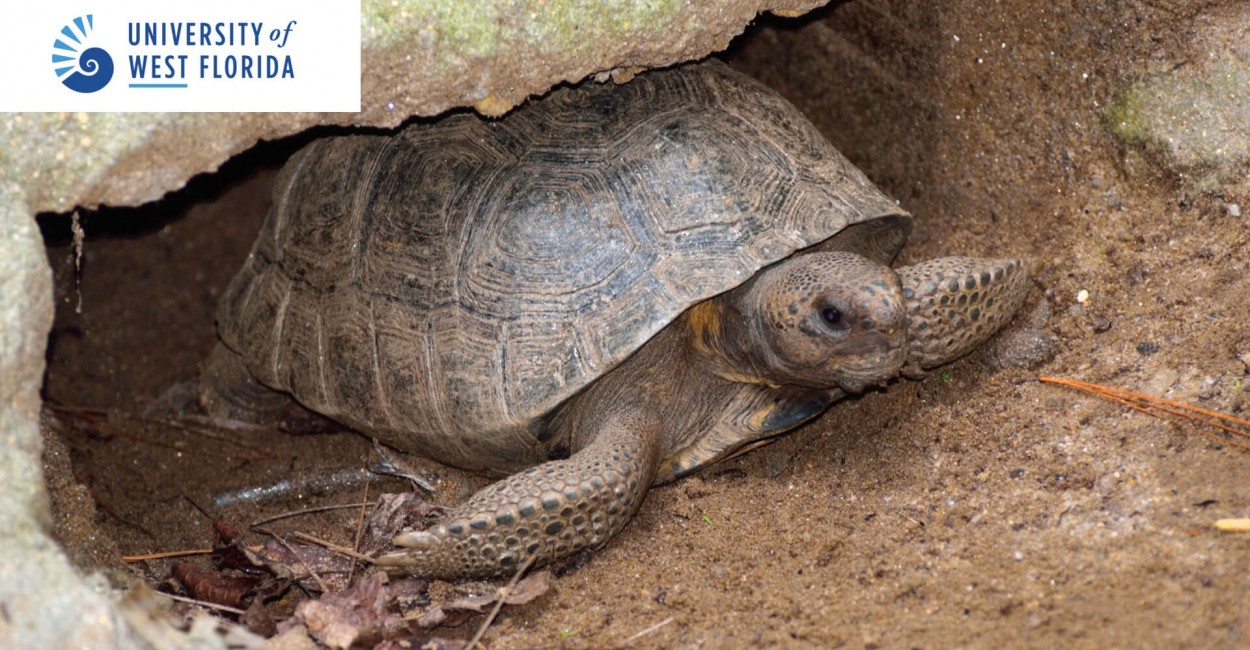
The Biology Department at UWF has been monitoring tortoise populations, identifying essential habitats, and boosting public awareness. This year’s grant funding will support new camera equipment to help the team further their studies.
Fun Fact: Many people don’t realize this keystone species creates homes and shares its burrows with more than 350 other species, making it very important for the ecosystem. Gopher tortoise populations are tHighlightshreatened by habitat loss, disease, and human conflict for the pet trade.
2019 Conservation Grant Recipients
The Virginia Safari Park, along with the Association of Zoos and Aquariums, awarded conservation grants to several deserving organizations: International Crane Foundation, Dian Fossey Gorilla Fund International, Minnesota Zoological Gardens, HawkWatch International, Smithsonian Conservation Biology Institute and the University of West Florida
International Crane Foundation
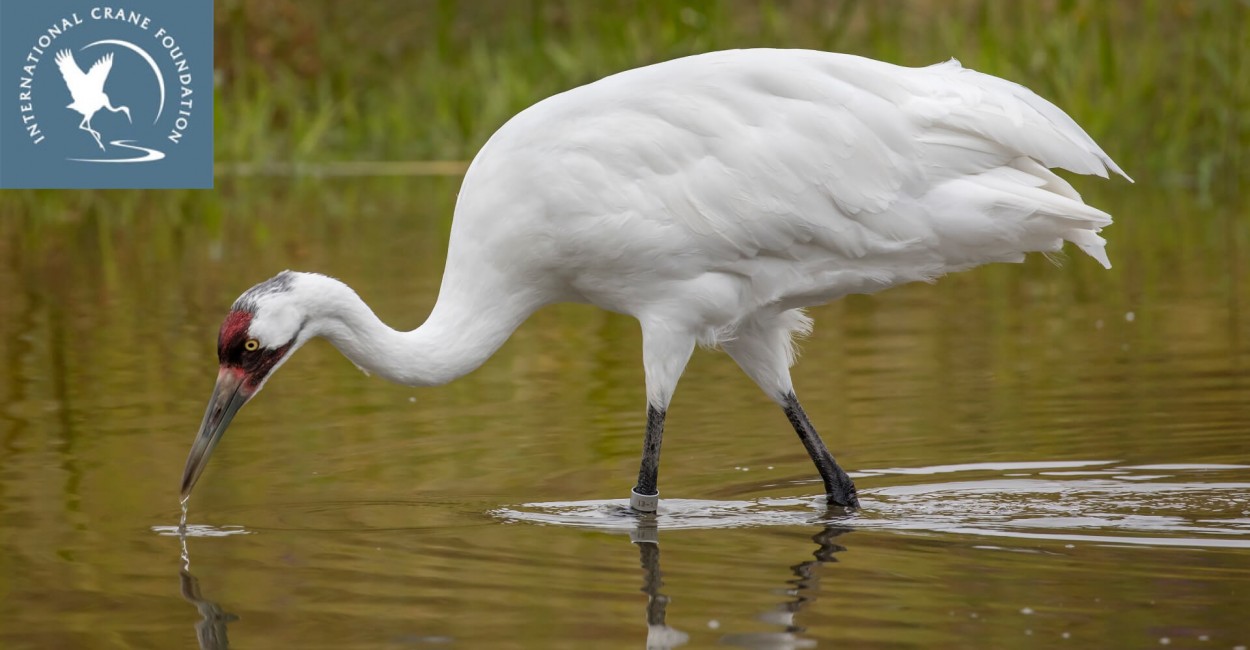
Helping to bring the Whooping Crane back from the brink of extinction, this year's grant funding will go toward investigating the impact of contaminants and industrial disturbances to migrating Whooping crane populations. Clean water is an essential part of cranes' survival.
Fun Fact: Did you know the whooping crane is America's tallest bird? Everyone can help save this beautiful species. Give a 'whoop' and don’t pollute!
Dian Fossey Gorilla Fund International
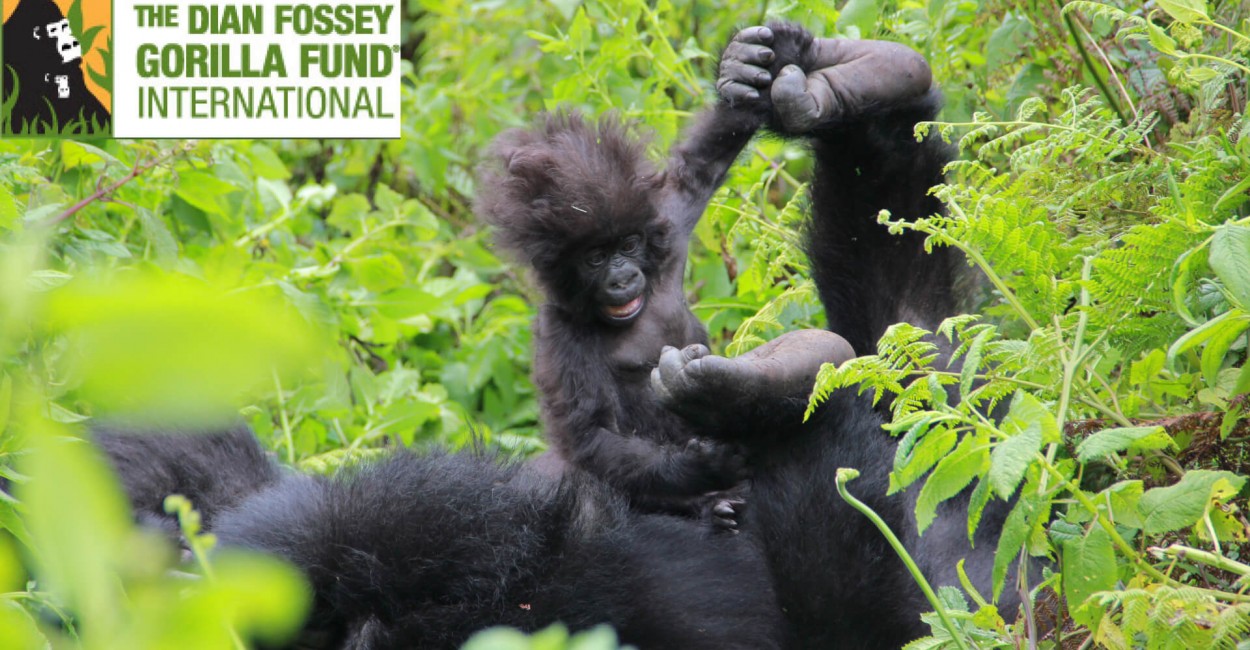
Gorilla populations are considered highly endangered, and this year's grant will provide support to study the dietary variation of Rwanda's mountain gorillas with the goal of informing park expansion strategies.
Fun Fact: Although the mountain gorillas were made famous in the movie “Gorillas in the Mist,” the only species of gorilla found in a zoological setting are the Western Lowland gorillas.
Learn about how you can help save wild gorilla populations by recycling your electronics at conservation.Minnesota Zoological Gardens
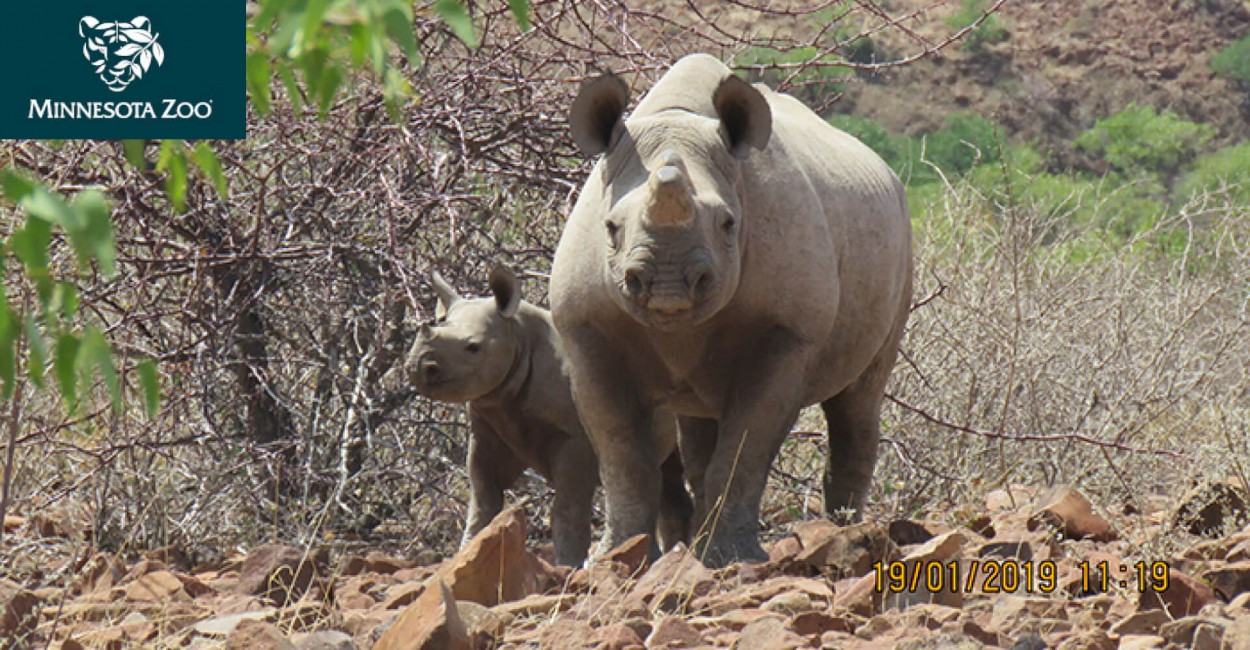
With fewer than 6,500 black rhinos remaining in the wild, this year's grant funding will go toward creating a future of community-led conservation efforts in Namibia. An estimated total of three Rhinos are poached each day so creating a connection with nature and people is vital in protecting the future of rhino populations.
Fun Fact: How can you tell black and white Rhinos apart when they're both grey? The easiest way to distinguish the species is by the upper lip! Black rhinos have a beak-shaped prehensile upper lip that allows them to grab branches and bushes while white rhinos have a wide lip designed for eating grass.
HawkWatch International and the Smithsonian Conservation Biology Institute
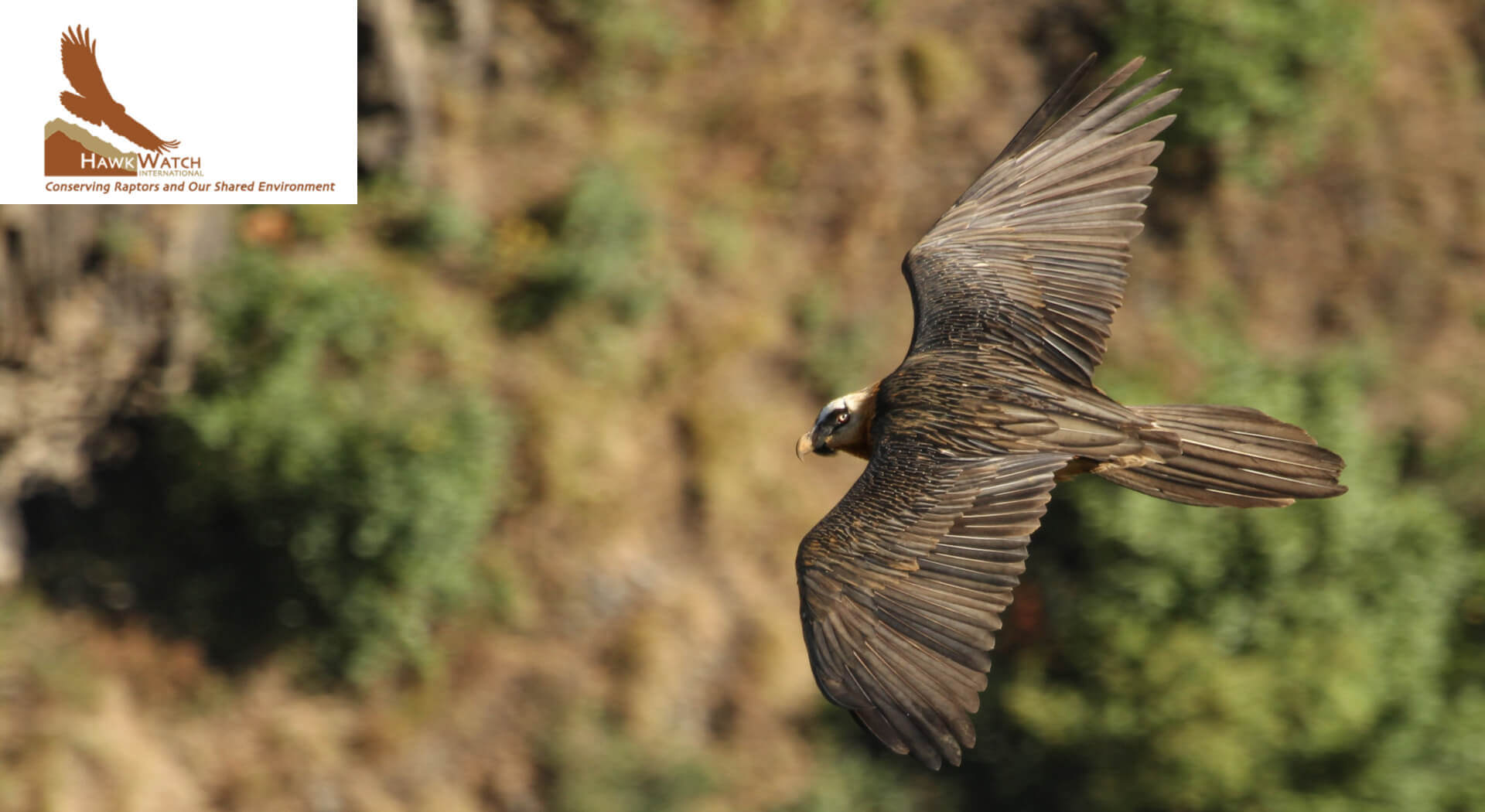
Have you heard? Vultures are vanishing! They are considered one of the most threatened groups of birds in the world. Luckily, they are receiving additional support through this year's grant dedicated to preventing vulture extinctions in the Horn of Africa and minimizing the diseases that increase with their absence.
Fun Fact: Vultures don't transfer disease, they eat it! Seriously! They have a highly acidic stomach allowing them to break down the bacteria in diseases like anthrax and making them essential to a healthy ecosystem.
University of West Florida's Biology Department

We're excited to be part of a "Tort" ally cool project supporting a threatened native species, the gopher tortoise. Grant funding will focus on monitoring tortoise populations, identifying important habitat and boosting public awareness.
Fun Fact: Many people don't realize this keystone species creates homes and shares their burrows with more than 350 other species, making it very important for the ecosystem. Gopher tortoise populations are threatened by habitat loss, disease and human conflict for the pet trade.
